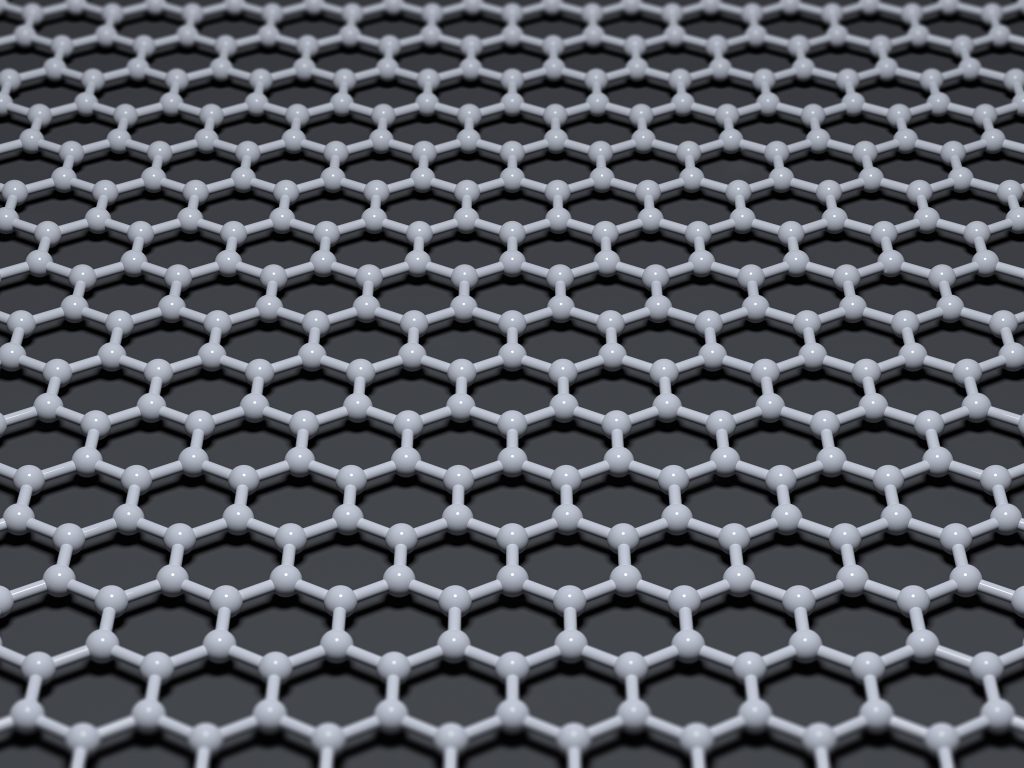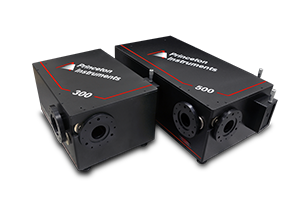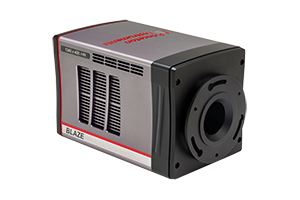Venkataraman Dharuman
ChemRxiv
Introduction
Raman spectroscopy plays a fundamental role for the characterization and application of 2D materials such as graphene and transition metal dichalcogenides. Promising applications of 2D materials are investigated in a diverse range of fields from quantum technology to life sciences. Diverse range of these materials is available by combining the in 2D layers, so called van der Vaals heterostructures and 2D material research tries to understand the physics of these structures and their benefits for different applications.

While 2D materials for the lab are still often produced by the mechanical exfoliation process, larger scale industrial production requires techniques based on material synthesis to achieve higher throughput in production. Researchers around Venkataraman Dharuman from Alagappa University in India report liquid phase synthesis of heterostructures built from graphene and MoS2 layers and show that incubating cells in these heterostructures lead to higher contrast in fluorescence imaging.
Various optical techniques are used for the characterization of the material, a crucial one being micro Raman spectroscopy providing lots of information on structure and interaction of the 2D heterostructures. The researchers use a micro Raman system with a 532nm excitation laser excite and collect signal through a 60x objective. The signal is coupled to a SpectraPro SP2500 spectrograph with a BLAZE-100HR camera for signal detection providing the required high resolution and sensitivity for characterization.
Using the setup the researchers monitor the Raman features of both graphene and MoS2 including positions, linewidth and comparisons to exfoliated materials. The Raman analysis indicates the presence and thickness of the heterostructures after synthesis as peak positions are shifted compared to graphene and MoS2 themselves. The spectra allow the quantification of defects and show further spectral line shifts that characterize the interlayer and material-solvent interaction.
Raman characterization as performed by the researchers from India will be important for ensuring stable and reproducible production processes of 2D material structures in future applications.


